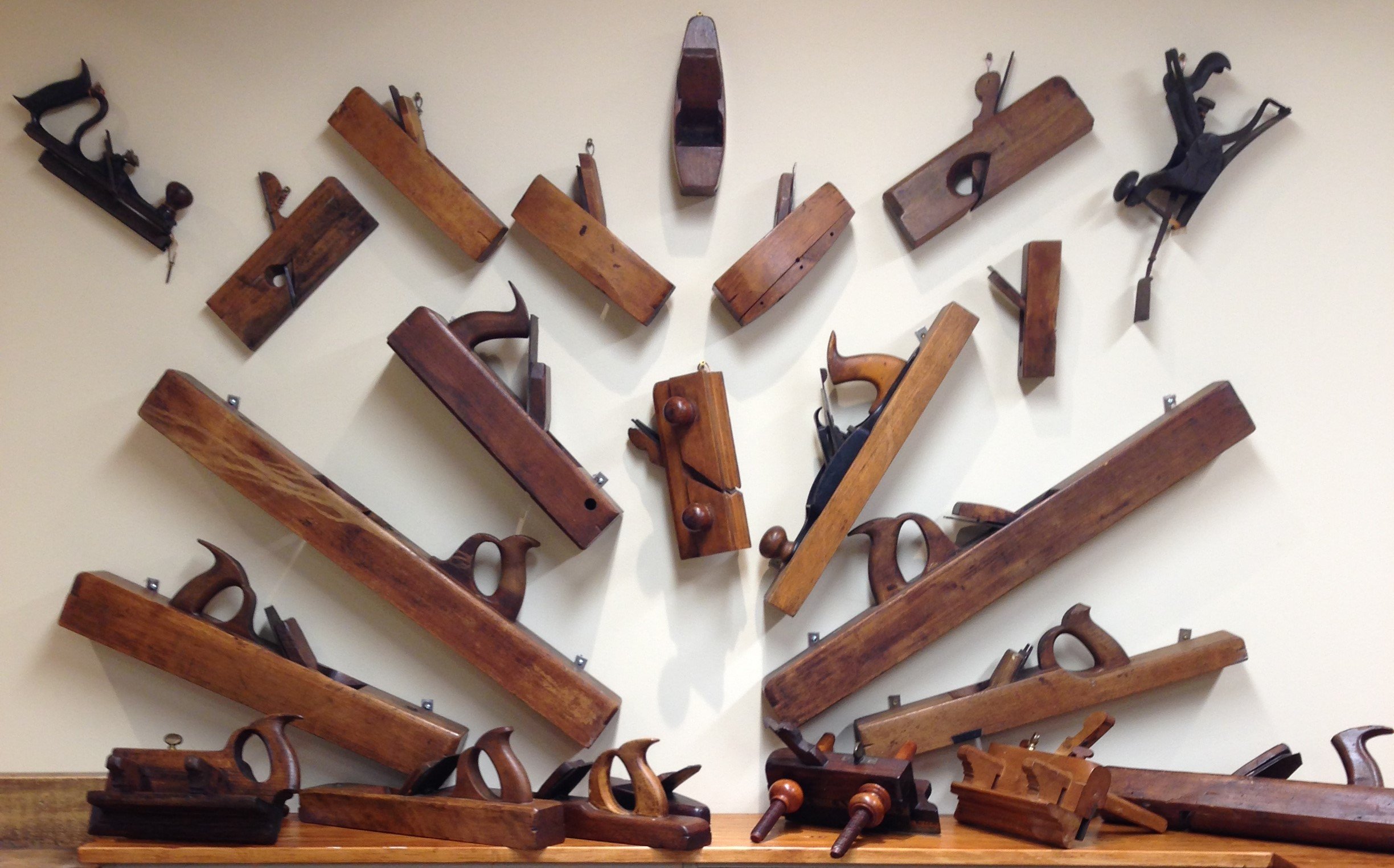The hand plane is one of woodworking’s most iconic tools. Used since Roman times in the Western world, the hand plane fashioned timbers for architecture, furniture, shipbuilding, and instrument making. It works by holding a sharpened iron at a precise angle in a wooden or metal body. It is one of the most ingenious uses of the wedge imaginable and can slice the fibers of wood so cleanly that no sanding or smoothing is needed. For reference, a dollar bill measures 0.004 of an inch in thickness; a finely tuned and sharpened hand plane can plane a shaving of 0.001 of an inch. That is precision, engineering, and magic combined.
Hand planes are commonly used for flattening and truing board edges, smoothing lumber faces, cleaning up uneven surfaces, shaping or thicknessing curved pieces of wood and making precise cuts for fitting woodworking joints together. This examination of the hand plane will showcase the geometry of the blade and plane body, the four basic types of hand planes, how they each work, and what specialized hand planes can do for the woodworker.
Join Master Woodworker Gary Rogowski for a look into this woodworking symbol of hand tool excellence.
About the Presenter
Gary is the founder and director of The Northwest Woodworking Studio: A School for Woodworkers, the author of Handmade: Creative Focus in the Age of Distraction, and host of the Splinters podcast. Find more information about Gary’s work at northwestwoodworking.com.
This program is part of the Wilson Museum’s program series Connecting to Collections: Curiosity, Culture, Climate made possible through the generous support of Bangor Savings Bank.


